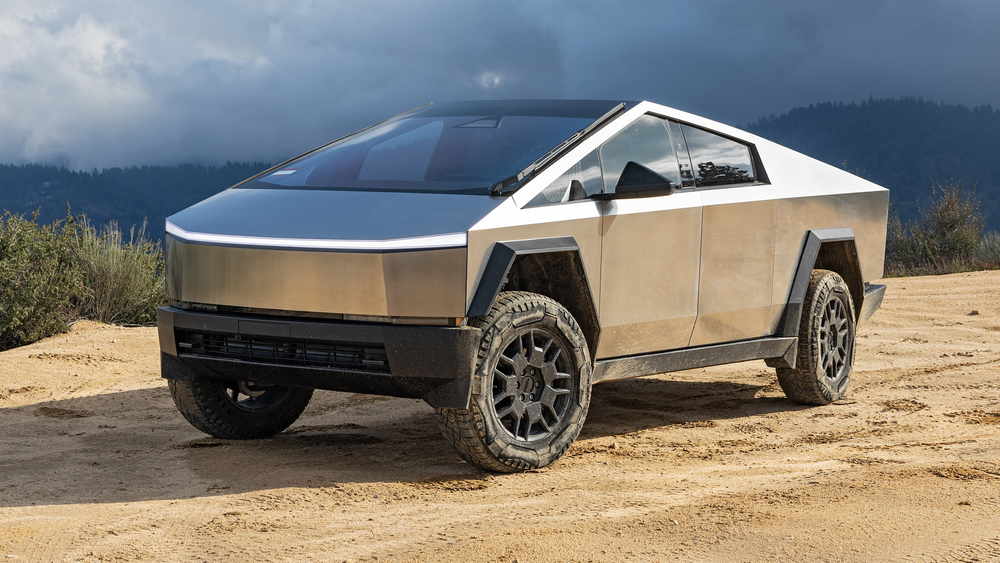Did you know that electric vehicle (EV) sales in the United States surged by a remarkable 48% in the first half of 2023? This rapid growth is largely fueled by recent EV tax credits introduced to bolster the adoption of sustainable mobility. These financial incentives are not just changing the landscape of the auto industry; they’re also making it easier for consumers to switch to greener alternatives. In this article, we’ll explore how these tax credits are boosting US electric car sales, what changes have been made to maximize their impact, and how they are shaping the future of urban transport.
The Impact of EV Tax Credits on Sales
The New Wave of Incentives
The U.S. government has introduced a series of new tax credits aimed at encouraging consumers to purchase electric vehicles. These credits are part of a broader strategy to reduce carbon emissions and promote sustainable living. Here are some key elements of these incentives:
- Federal Tax Credit Expansion: The federal government has increased the tax credit for electric vehicles to up to $7,500 for new EV purchases. This credit is available for vehicles from manufacturers like Tesla, Ford, and Rivian, provided they meet specific criteria related to battery capacity and vehicle price.
-
Used EV Tax Credit: A novel approach to making electric vehicles more accessible, the used EV tax credit offers up to $4,000 for qualifying purchases. This is particularly beneficial for budget-conscious buyers looking to transition to electric without the hefty price tag.
-
State-Specific Incentives: Many states have their own additional incentives, such as California’s Clean Vehicle Rebate Project, which offers cash rebates to residents who purchase or lease new, eligible zero-emission vehicles.
Measuring the Impact
According to data from InsideEVs, the introduction of these tax credits has led to a significant uptick in EV sales. For instance, Tesla reported a 30% increase in sales shortly after the tax credit expansion. Similarly, Ford’s Mustang Mach-E saw a 25% rise in sales, illustrating how financial incentives directly influence consumer behavior.
The Role of Charging Infrastructure
A crucial component of this EV boom is the expansion of charging infrastructure. As more people transition to electric vehicles, the demand for accessible and efficient charging stations has risen. Here’s how infrastructure is keeping pace:
- Public Charging Networks: Companies like Electrify America and ChargePoint have dramatically increased the number of public charging stations, with a focus on fast-charging capabilities that reduce wait times.
-
Home Charging Solutions: Many manufacturers, including Hyundai and Nissan, offer rebates on home charging equipment to encourage installations, further simplifying the switch to electric.
Practical Tips for Potential EV Buyers
How to Maximize Your Tax Credit
To make the most of available tax credits, potential EV buyers should:
- Check Eligibility: Ensure that the vehicle you’re interested in qualifies for federal and state tax credits. Some credits are only available for vehicles manufactured in North America or with a certain battery capacity.
-
Timing Matters: Purchase or lease your vehicle during a time period when credits are available. Some states offer temporary incentives that can be combined with federal credits for added savings.
-
Consult a Tax Professional: Navigating tax credits can be complex. A tax advisor can help you understand how these credits apply to your financial situation, ensuring you maximize your benefits.
Where to Buy Your EV
For those considering making the switch, here are some highly recommended places to purchase an EV:
- Manufacturer Websites: Brands like Tesla and Rivian allow you to customize and order your vehicle directly online, often providing the most straightforward access to incentives.
-
Certified Dealerships: Visit dealerships certified to sell electric vehicles. They often have knowledgeable staff who can guide you through the process of accessing tax credits and state incentives.
What to Compare When Buying an EV
When choosing an electric vehicle, consider the following factors:
- Range: Compare the driving range of different models to ensure it suits your daily needs.
-
Charging Time: Look at how long it takes to charge the vehicle, both at home and at public stations.
-
Total Cost of Ownership: Factor in the cost of insurance, maintenance, and charging compared to traditional vehicles.
Conclusion
The recent expansion of EV tax credits is undeniably accelerating the adoption of electric vehicles in the United States. By making these cars more affordable and accessible, both the federal and state governments are paving the way for a cleaner, greener future. As more drivers make the switch, we can expect continued innovation in sustainable mobility and urban transport. If you’re considering an EV, there’s never been a better time to take advantage of these incentives. What do you think about this green revolution in the auto industry? Let us know in the comments below!
In the coming years, as technology advances and more incentives become available, the electric vehicle market is poised for even greater growth. This transformation holds the promise of significant environmental benefits and a shift towards more sustainable urban transportation systems.

